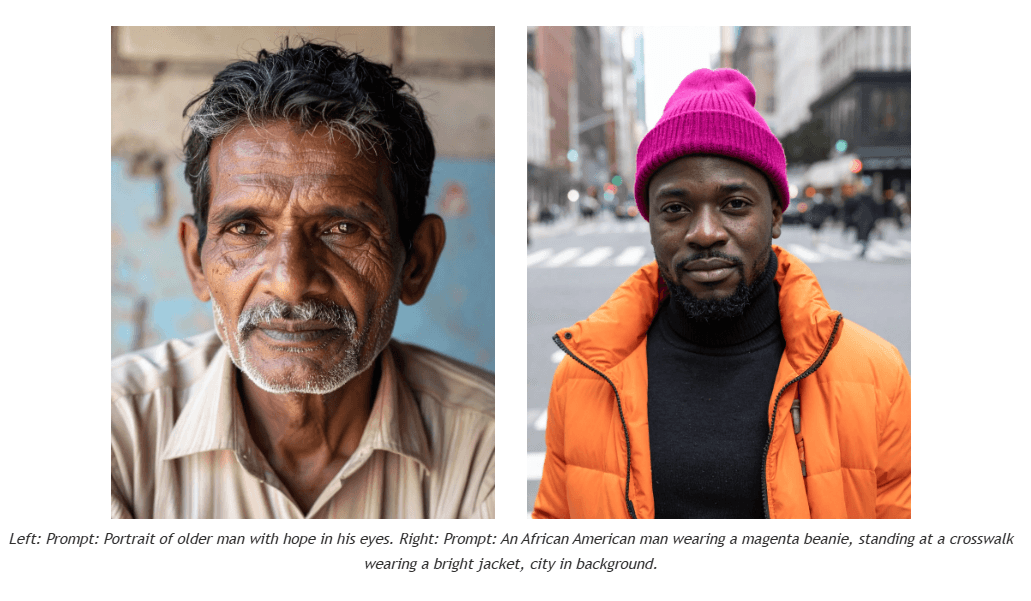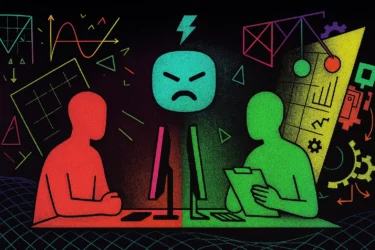Adobe has unveiled a significant update to its Firefly AI platform, transforming it from a standalone image generator into a comprehensive system for creating various types of digital content.
Since its launch nearly two years ago, Firefly has been used to create over 22 billion assets worldwide, according to Adobe. This latest iteration aims to build on that success by offering more versatile creative tools. The expanded Firefly now supports the generation of images, video, audio, and vector graphics.
New models for image and video generation
The new Firefly Image Model 4 comes in two versions: Standard and Ultra. Adobe claims the Standard model can handle 90 percent of typical creative needs, while the Ultra version targets more complex, photorealistic scenes. Both models reportedly offer improved rendering of people, animals, and architectural structures compared to previous versions.
Adobe states that text rendering on images has also improved, and the models are expected to respond more accurately to prompts. The text-to-image function now includes expanded controls, offering aesthetic filters, the ability to select specific styles, and options for precise adjustment of compositions.

Adobe has also officially released the Firefly Video Model, which can generate video clips up to five seconds long in various resolutions and aspect ratios. The company touts this model as "commercially safe" due to its use of licensed Adobe data for training. Firefly Premium plan members get unlimited access to the Firefly Video Model across all Firefly apps.
The system can generate video clips up to five seconds in length, with various resolutions up to 1080p and multiple aspect ratios, including 16:9, 9:16, and 1:1. Adobe says that the Firefly Video Model features significant enhancements in photorealism, detail, and the rendering of text, landscapes, and visual effects. Users can influence video creation by uploading start and end frames or by switching seamlessly between text, image, and video inputs. Camera movements can also be customized.
New tools and mobile app
New features in Firefly include a "Text to Vector" module for creating editable vector graphics, "Firefly Boards" for collaborative concept development, and the previously introduced "Translate Audio" for language translation that preserves the original voice.
To increase mobile accessibility, Adobe announced an upcoming app for both iOS and Android devices. This mobile version will support image and video creation on the go, allowing users to synchronize projects across mobile and desktop platforms.
Adobe is also expanding its platform by integrating AI models from third-party providers. The company plans to incorporate models such as Google Imagen 3, Veo 2, OpenAI GPT Image Generation, and Flux 1.1 Pro into the Firefly ecosystem. Future integrations are expected to include models from fal.ai, Runway, Pika, Luma, and Ideogram.
To maintain transparency, Adobe will label all AI-generated content with "content credentials," indicating which model was used in its creation. However, the company stresses that only its proprietary Firefly models are trained exclusively on licensed data, ensuring that they are safe for commercial use. Some third-party model providers, such as OpenAI, are currently involved in legal disputes over their training data.







